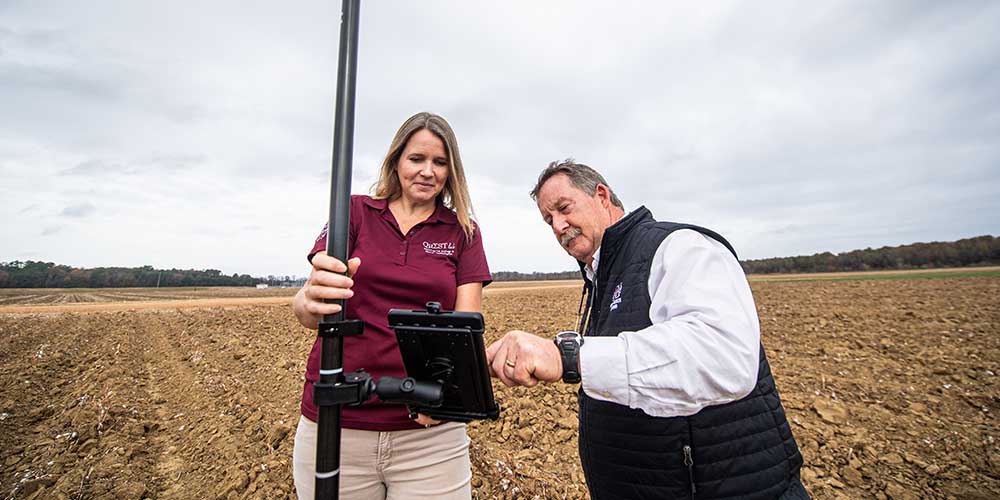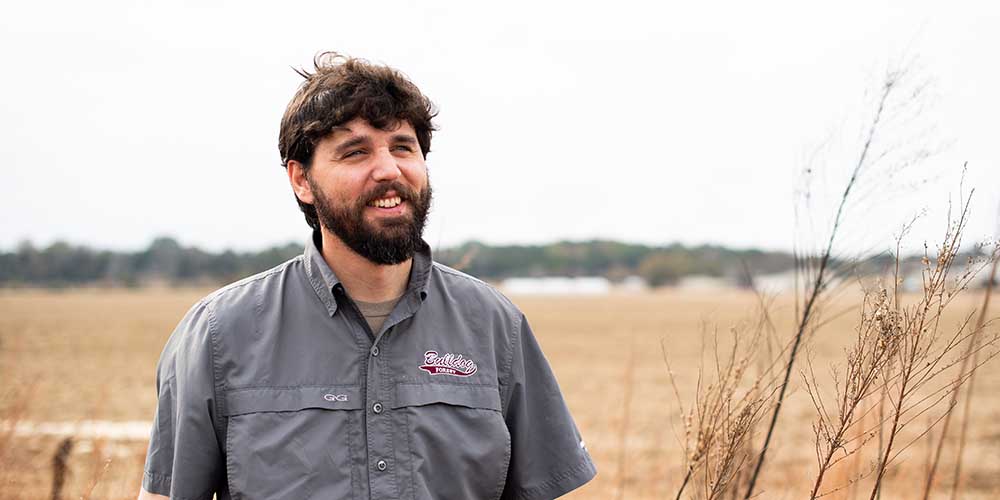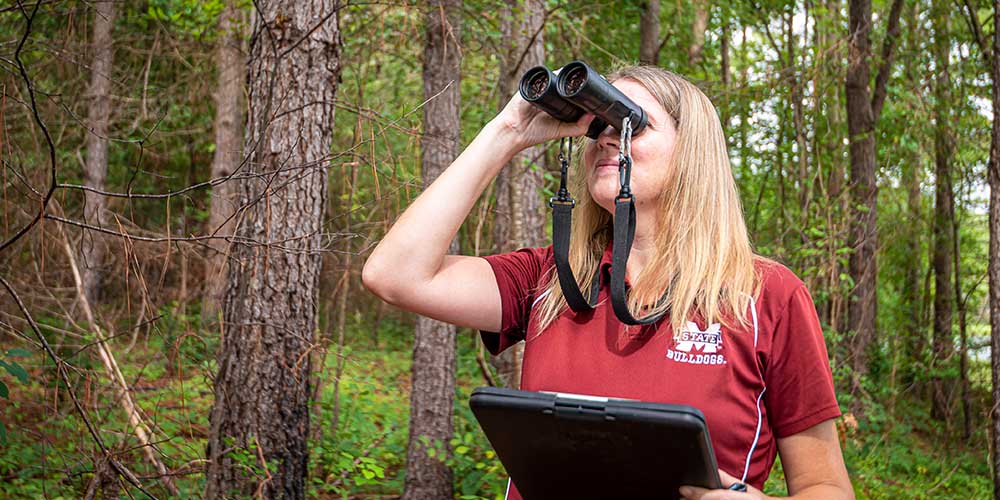Related Stories
Habitat Stories

Strategic Conservation
Researchers at Mississippi State's Forest and Wildlife Research Center (FWRC) are developing a web-based tool called the CRP Menu to help farmers explore conservation options in the Farm Bill's Conservation Reserve Program (CRP). The tool allows farmers to create and compare conservation plans based on their goals and eligibility, aiming to simplify the process and provide personalized information. Building on the Strategic Conservation Assessment (SCA) tool, it will be adaptable for different regions and conservation issues. The team is using a social science approach, gathering input from farmers and stakeholders across 12 counties in eight states to shape the tool. After testing in these areas, the goal is to expand it nationally, improving farmer engagement, reducing barriers to participation, and enhancing conservation outcomes.
2023

Light a Fire, Save a Bird
Mississippi State's Forest and Wildlife Research Center (FWRC) is studying the impact of prescribed fire on the Bachman's sparrow, a ground-nesting bird whose population has declined due to habitat loss and fire exclusion. Dr. Mark McConnell leads the research, focusing on whether burning during the growing season (as opposed to the traditional dormant season) can help restore the bird's habitat. The study, conducted across 1,800 acres with 15 burn plots, found that a mix of both dormant and growing season burns benefits the sparrow. The team conducted bird surveys and vegetation assessments before and after the burns to understand how fire timing influences ground cover and sparrow populations. Dr. Kristine Evans contributed expertise on the bird's behavior and habitat needs.
The goal is to determine the best fire management strategies to support healthy Bachman's sparrow populations and improve conservation efforts for this species.
2023

The Tombigbee Forest Bird Partnership Helps Bird Conservation Soar in Working Forests
Over 62% of Mississippi's land base is forested, giving the Magnolia State a $13.8 billion-dollar forestry and forest products enterprise. Forest and Wildlife Research Center scientists are part of the Tombigbee Forest Bird Partnership (TFBP). The partnership is led by Emily Jo "EJ" Williams, vice president of the American Bird Conservancy's Southeast and Atlantic Coast region, whose goals include communicating the value of working forests and developing and conducting demonstration and research activities. The goal of the team is to demonstrate values of sustainable forest management for bid conservation and also identifying ways to maintain and enhance values for birds, especially those in decline. Dr. Kristine Evans, associate professor in the Department of Wildlife, Fisheries and Aquaculture and an FWRC scientist, has long studied forested habitats for landbirds.
Evans conducts research and monitoring in collaboration with TFBP partners as well and recently evaluated how forest management activities influence species diversity and abundance at the landscape scale. Most recently, as technical advisory team chair for the East Gulf Coastal Plain Joint Venture, she helped create the East Gulf Coastal Plain Landbird Conservation Plan. In another project, Evans is assessing plant-pollinator-bird relationships on Weyerhaeuser-managed forests in Mississippi and Westervelt-managed forests in Alabama. Williams also discussed the involvement of the Mississippi Band of Choctaw Indians, who have about 28,000 acres of forested land. The Choctaw are in the process of rebuilding their dictionary, which provides the chance to learn more about the cultural importance and bird names in their native language.
The American Bird Conservancy and International Paper fund the partnership with in-kind donations from Weyerhaeuser, the Westervelt Company, and C.A. Barge Timberlands LP. In addition to Evans, Dr. Mark McConnell, MSU assistant professor in wildlife, fisheries and aquaculture, also collaborates on the work.